When you think about the Huawei Kirin 970, Samsung Exynos 8895, Qualcomm Snapdragon 835, Apple A11, or MediaTek P25/X30, have you ever wondered what the landscape looked like more than a decade ago? It was a different era—one filled with innovation, competition, and some truly forgotten giants in the ARM processor world.

What is an ARM Processor?
ARM processors are essentially embedded RISC (Reduced Instruction Set Computing) CPUs. Unlike traditional X86 processors from Intel or AMD, which use CISC (Complex Instruction Set Computing), RISC-based designs focus on efficiency and simplicity. While X86 is typically found in desktops and laptops, RISC architectures were originally designed for mobile and industrial devices. However, this distinction has blurred over time as both architectures have expanded into new markets.
In addition to ARM and MIPS, other RISC architectures like SPARC, Power, and Alpha were once dominant in servers and workstations. But today, they’ve largely faded away, leaving only a few players in the RISC space.
It’s also worth noting that modern boundaries aren’t as clear-cut. For instance, Intel has tried to bring X86 into mobile, while ARM has made inroads into servers and even desktops. The lines between these technologies are constantly shifting.
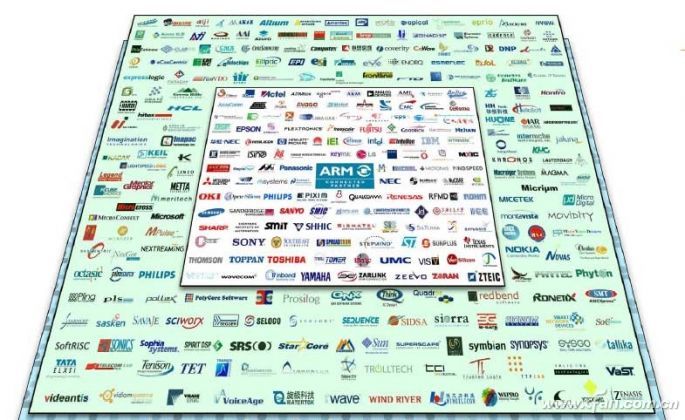
Legends of the Past
The fierce competition seen in today’s smartphone chip market wasn't always the case. Back in the early days of mobile computing, there were several big names vying for dominance—many of which have since disappeared or been overshadowed by today’s leaders.
Texas Instruments OMAP
Texas Instruments was one of the early pioneers in the ARM space. Their OMAP series was known for its low power consumption and impressive performance. At the time, it was considered one of the best options for mobile devices. However, TI struggled with integrating essential components like 3G/4G modems directly into their chips. As technology advanced, OMAP couldn’t keep up, and in 2012, TI exited the mobile market, shifting focus to automotive solutions.
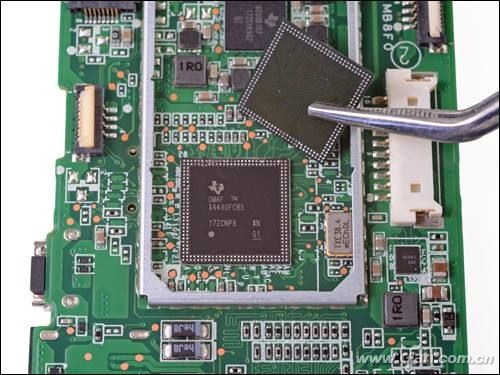
Intel XScale
Intel had its own ARM-based processor called XScale. It was highly efficient and powerful, especially when compared to other ARM chips of the time. However, despite its technical merits, XScale failed to be commercially successful. In 2006, just before the iPhone launched, Intel sold the XScale division to Marvell. Later, Intel acquired Infineon’s mobile division, aiming to re-enter the mobile space with its own technology.
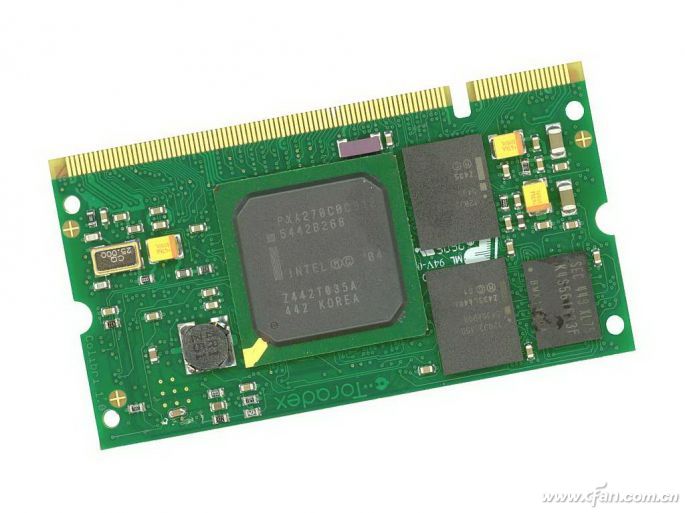
Samsung Processors
Before the Orion series, Samsung’s ARM processors were not well-known. They were more of a challenger in the market, similar to MediaTek at the time. But through continuous improvements and strong support, Samsung eventually developed the Orion line, becoming a major player in the mobile processor space.
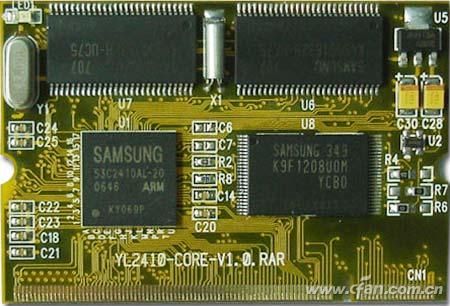
Freescale i.MX
Freescale i.MX is a less commonly discussed name in the ARM world. Originally part of Motorola, Freescale used MIPS architecture in its early designs, such as the Dragon Ball series. After becoming independent, the company shifted to ARM, but its presence in the mobile market remained limited compared to others.
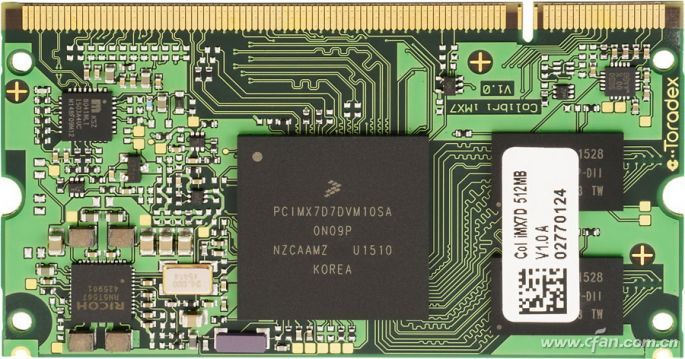
NVIDIA Tegra
NVIDIA entered the ARM market later, with its Tegra series. While the chips were powerful, they faced challenges with power efficiency and software optimization. This led to issues with compatibility and market acceptance. Over time, NVIDIA moved away from mobile devices, focusing instead on gaming consoles, cars, and other areas where it could better leverage its strengths.
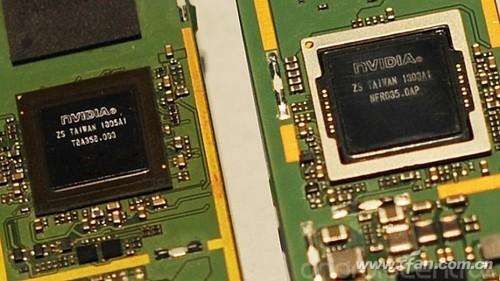
Qualcomm was another key player in the early days. Unlike many of its competitors, it had its own baseband technology, giving it a significant advantage in the mobile communications market. This helped it stand out in a crowded field.
More Than Just Mobile Phones
ARM processors aren’t limited to smartphones. They’re also used in routers, game consoles, smart devices, and even servers. Companies like Broadcom, MediaTek, and Qualcomm have built entire product lines around ARM architecture. Today, we even see ARM-based desktop PCs, like the Mate10 or Windows laptops powered by Snapdragon 835. It's amazing how far ARM has come in just a few decades.
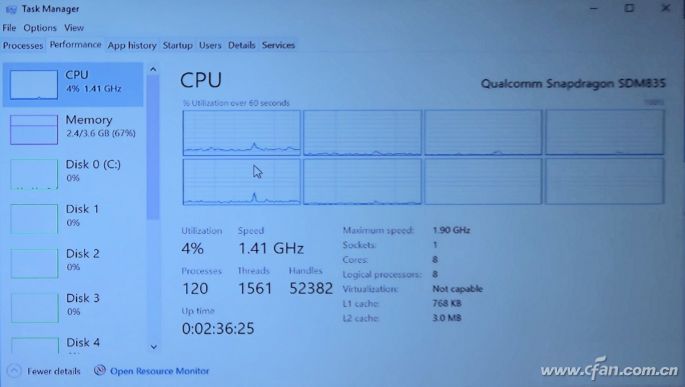
The mobile processor market is a constant battle of survival. What was once a five-way competition has now evolved, with new players rising and old ones fading. The story of ARM is one of transformation, resilience, and relentless innovation.

Sata 15P Connector,Sata Computer Connector Socket,Sata Disk Connector,Sata Hard Disk Connector
Dongguan ZhiChuangXing Electronics Co., LTD , https://www.zcxelectronics.com